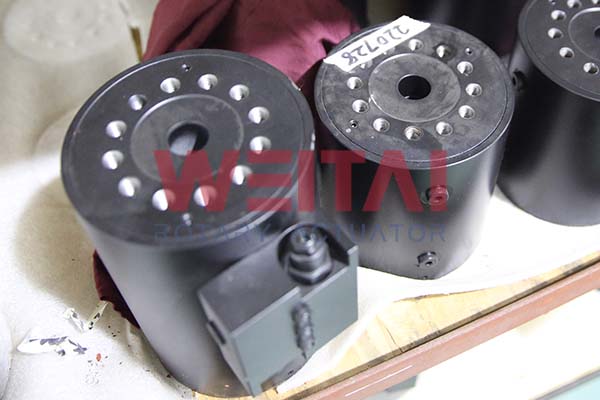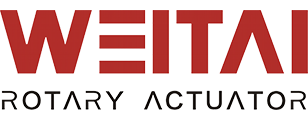90-degree rotary actuators are essential components in various industries, providing precise motion control where a quarter turn is needed. These actuators convert energy into rotational motion, enabling automation in countless applications. Let’s delve into their uses and advantages.

Applications of 90-Degree Rotary Actuators
- Manufacturing Automation: In assembly lines, 90-degree rotary actuators are often used to rotate components into place or facilitate automated processes. Their quick response time and reliability enhance efficiency, allowing manufacturers to meet high production demands while minimizing errors.
- Robotics: Many robotic systems utilize these actuators for precise arm movements and tool positioning. In tasks such as welding, painting, and assembly, they ensure that tools are correctly oriented, which is critical for achieving consistent quality in robotic operations.
- HVAC Systems: In heating, ventilation, and air conditioning, these actuators control dampers and valves, ensuring optimal airflow and temperature regulation. Their ability to provide accurate positioning contributes to energy savings and improved indoor air quality by maintaining desired conditions efficiently.
- Packaging Machinery: In the packaging sector, 90-degree rotary actuators can rotate and position products for sealing, labeling, or boxing, streamlining the packaging process. Their integration into automated systems speeds up production lines and reduces labor costs while enhancing safety.
- Automotive Applications: Used in various automotive systems, these actuators can control throttle bodies, valves, and even seat adjustments. Their role in enhancing vehicle performance and fuel efficiency makes them critical in modern automotive engineering.
- Aerospace and Defense: In these sectors, 90-degree rotary actuators are used in control surfaces of aircraft and in robotic systems for maintenance. Their reliability is crucial, as they often operate in extreme conditions where failure is not an option.
Benefits of 90-Degree Rotary Actuators
- Space Efficiency: Their compact design allows for installation in tight spaces, making them ideal for applications with limited room. This flexibility can significantly enhance the design and layout of machinery and equipment.
- Precision Control: These actuators provide precise positioning capabilities, crucial for tasks that require accurate rotational movement. Their ability to achieve consistent angles contributes to high-quality outcomes in manufacturing and assembly processes.
- Reliability: Built to withstand harsh environments, many 90-degree rotary actuators offer durability and longevity. Their robust construction minimizes maintenance needs and downtime, allowing operations to run smoothly without unexpected interruptions.
- Versatility: Available in various configurations (electric, pneumatic, hydraulic), these actuators can be tailored to specific requirements. This adaptability makes them suitable for a wide range of applications, from industrial automation to consumer products.
- Cost-Effectiveness: By enhancing automation and reducing manual labor, 90-degree rotary actuators lead to significant cost savings. They improve production efficiency, allowing businesses to maximize output while minimizing overhead costs.
- Integration with Smart Technologies: Many modern 90-degree rotary actuators are designed for easy integration with smart technologies, enabling remote monitoring and control. This capability is vital for Industry 4.0 initiatives, where data-driven decision-making is key.
In Conclusion
90-degree rotary actuators are indispensable in modern automation, providing efficiency, precision, and reliability across various industries. Understanding their applications and benefits can help businesses optimize operations and improve productivity. Whether in manufacturing, robotics, HVAC systems, or aerospace, these actuators play a crucial role in driving innovation and enhancing efficiency. Embracing this technology can lead to substantial gains in both performance and cost-effectiveness, positioning companies for success in an increasingly competitive landscape.
